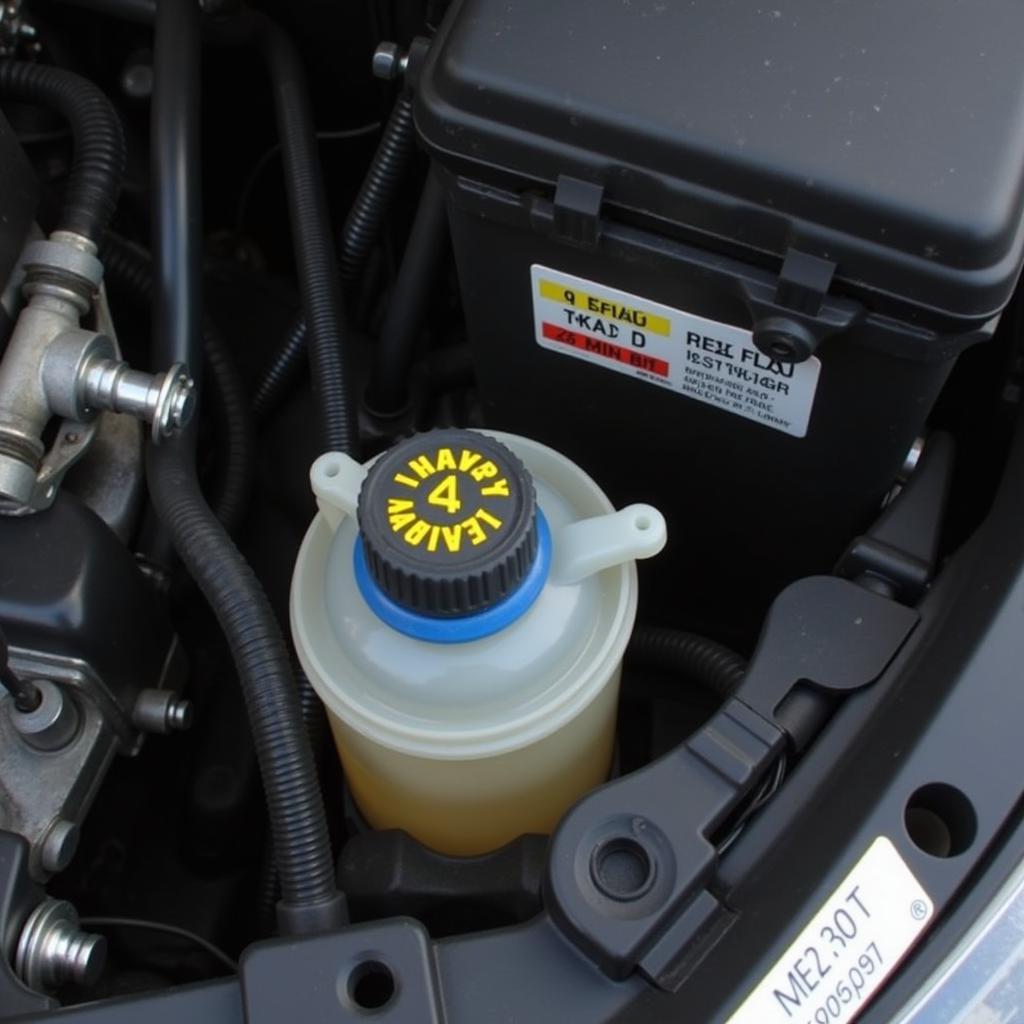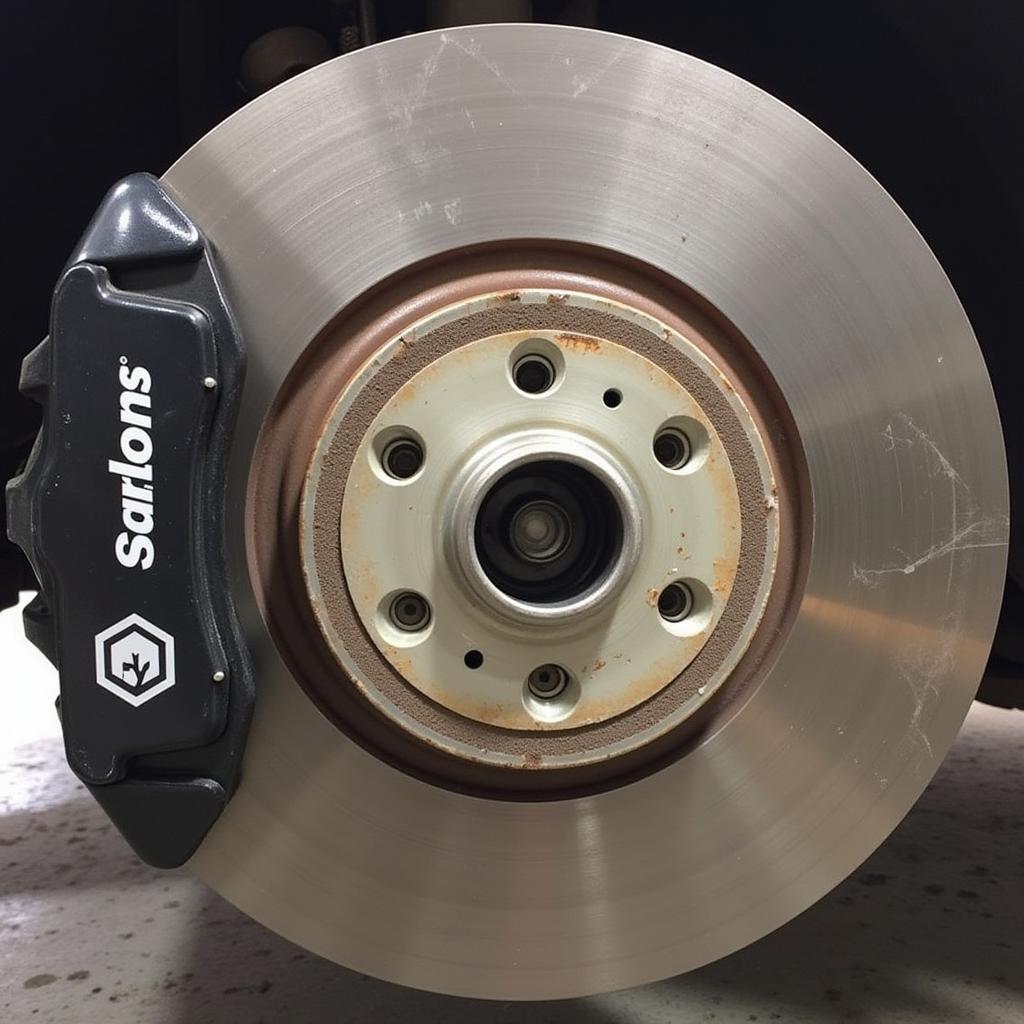Being stranded with a car that won’t start due to a triggered anti-theft system can be incredibly frustrating. You’re likely searching for a solution to “how to unlock anti-theft code,” and we’re here to help. This guide will walk you through common causes, symptoms, and solutions for unlocking your car’s anti-theft system.
Understanding Anti-Theft Systems
Modern vehicles often come equipped with immobilizers as part of their anti-theft systems. These systems work by preventing the engine from starting without the presence of the correct key or transponder. When the system malfunctions or a component fails, it can trigger the immobilizer, leaving you unable to start your car.
Recognizing the Signs
A triggered anti-theft system might manifest in several ways:
- Rapidly Flashing Security Light: One of the most common indicators is a flashing security light on your dashboard. This signals the immobilizer is active.
- Engine Cranks but Won’t Start: Your engine might crank normally, but it won’t fire up because the immobilizer is blocking the fuel or ignition system.
- Clicking Sounds: You might hear clicking sounds from the starter or ignition area, indicating an electrical issue related to the anti-theft system.
- Key Not Recognized: In some cases, the system may not recognize your key or transponder, leading to starting problems.
What You’ll Need
To troubleshoot and unlock your anti-theft system, you may need:
- Your Car’s Owner’s Manual: This document contains valuable information about your vehicle’s specific anti-theft system and key programming procedures.
- Diagnostic Scanner: A diagnostic scanner allows you to read and clear error codes, providing insights into the system’s status. You can find reliable diagnostic tools on the Cardiagtech website [link to a relevant product page].
- Spare Key: Attempting to start the car with a spare key can help determine if the issue lies with the original key’s transponder.
Troubleshooting Steps
-
Check Your Key Battery: If your key has a remote start or keyless entry function, a weak battery could disrupt the communication with the immobilizer. Replace the battery and try again.
-
Resync Your Key: Some vehicles have a resynchronization procedure for the key and immobilizer. Refer to your owner’s manual for specific instructions.
-
Inspect the Ignition Cylinder: Ensure there’s no dirt, debris, or damage to the ignition cylinder preventing proper key insertion.
-
Scan for Error Codes: Connect a diagnostic scanner to your vehicle’s OBD-II port. Read and note down any error codes related to the anti-theft system. You can refer to resources like Cardiagtech’s blog posts for information on specific error codes and their meanings [link to a relevant blog post like “How to Unlock AVG Anti-theft Mobile Security Code”].
-
Reset the Anti-Theft System: Some vehicles allow you to reset the anti-theft system using a combination of key turns, button presses, or procedures outlined in the owner’s manual.
Frequently Asked Questions
Q: Can a dead car battery cause anti-theft issues?
A: Yes, a dead or weak battery can disrupt the communication between the key, immobilizer, and other electronic control units, potentially triggering anti-theft issues.
Q: My key is stuck in the ignition. Is this an anti-theft problem?
A: While a stuck key can be related to a mechanical issue with the ignition cylinder itself, it can also sometimes be linked to a malfunctioning anti-theft system.
Q: I’ve tried everything, and my car still won’t start. What now?
A: For persistent anti-theft system issues, it’s best to seek help from a qualified automotive locksmith or a dealership service center. They have the expertise and specialized tools to diagnose and resolve complex electronic problems.
For advanced diagnostic solutions and support, explore CARDIAGTECH’s range of products and services designed to empower car owners and professionals [link to the CARDIAGTECH homepage].
Remember: Tampering with your vehicle’s anti-theft system without proper knowledge can worsen the situation or even damage sensitive electronic components. Always consult your owner’s manual and consider seeking professional assistance when necessary.


